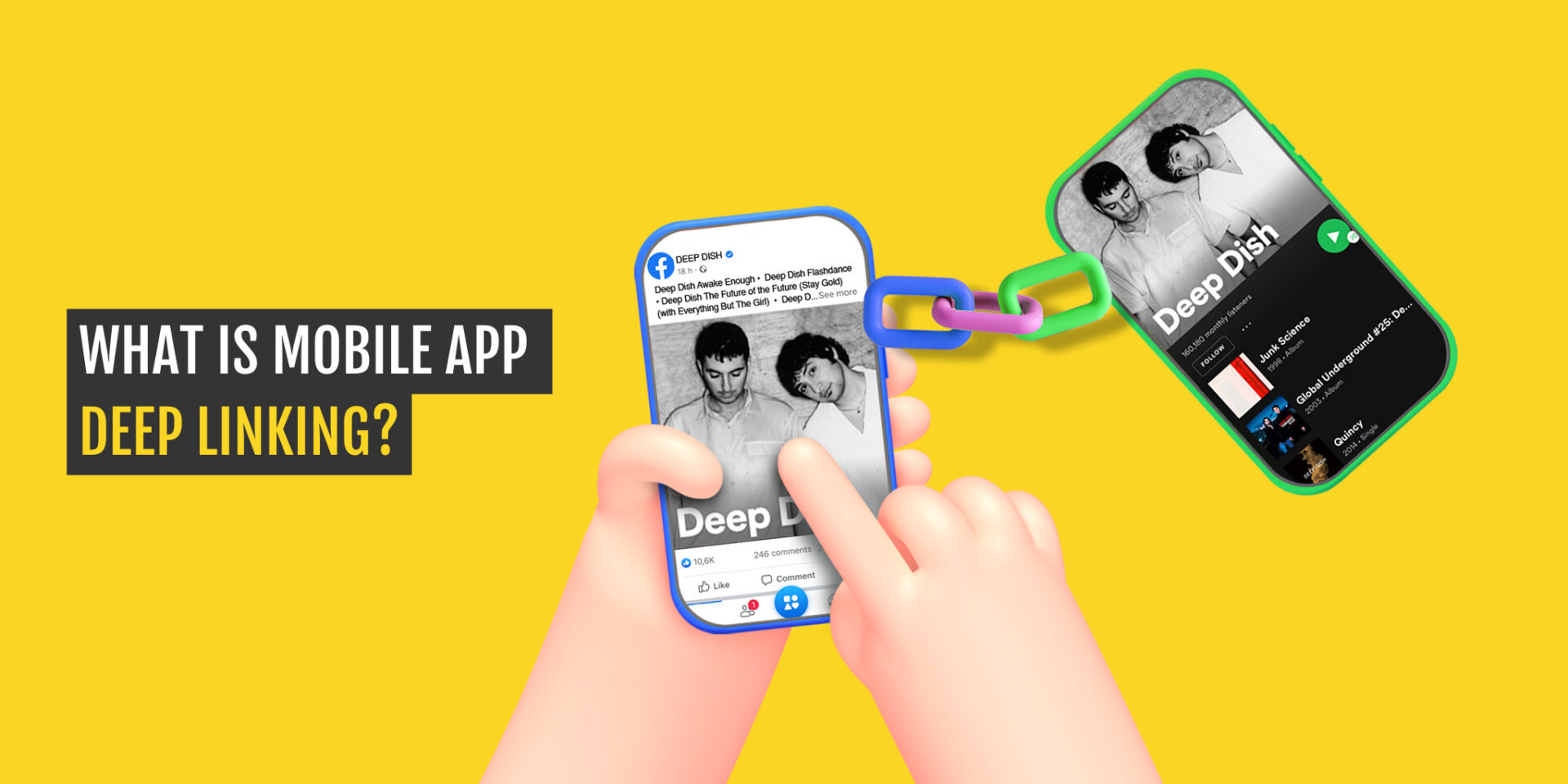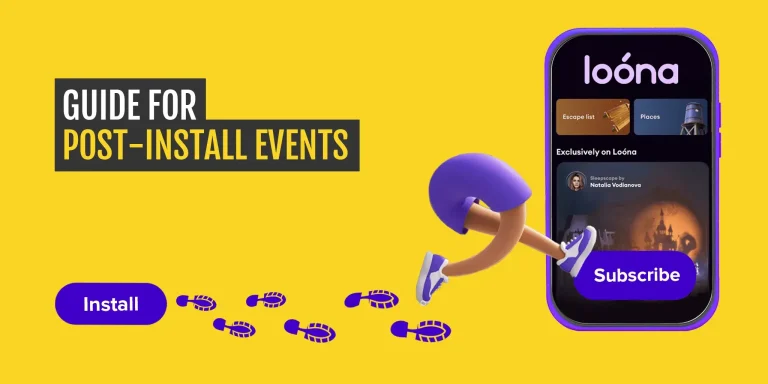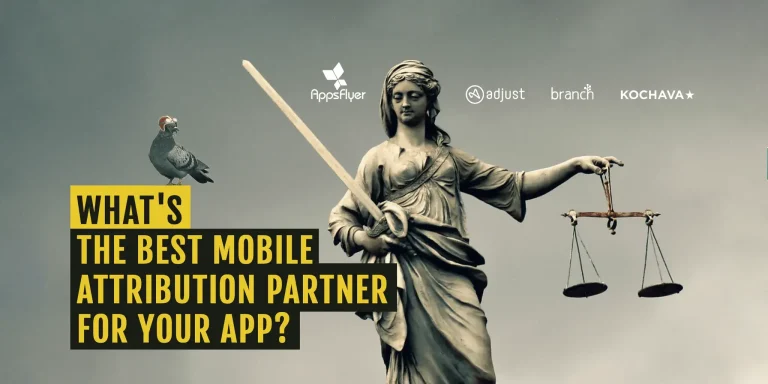If you are a developer or marketer working in the mobile industry, you’ve probably come across the term ‘deep linking’. But what exactly is deep linking, and how can you leverage it to benefit your app or game?
Deep links are powerful links that launch an app and direct users to a specific landing page within the app when they click a link on a web page or another app. These deep links bridge the gap between different platforms and offer a seamless transition from the web to your mobile app.
Deep linking has the potential to significantly improve user experience and conversion rates. By providing users with a smooth and personalized journey, you can increase engagement and drive valuable actions within your app.
Here are some of the typical ways developers use deep linking:
- A song snippet on Facebook can utilize deep linking to take the user directly to the track in the music app, like this example link to a song in the Spotify app. Users no longer need to navigate through the app to find the song; they can access it instantly with a single tap.
- Special offers on a website can leverage deep links to direct users to the app where they can redeem the offer. This streamlined process encourages users to take advantage of the promotion, leading to higher conversion rates for your campaigns.
- Developers can create a custom onboarding process can be created for users who come from a friend’s referral link using deep linking. By offering a tailored experience to referred users, you can strengthen the bond with your existing users and acquire new ones through word-of-mouth marketing.
Types of deep links
There are two types of deep links that differ by functionality:
1. Classic deep link: Classic deep links take the user directly to a selected place within an app, assuming the app is already installed on their device. For example, clicking on an eBay link can lead the user to a specific listing within the eBay app.
2. Deferred deep link: Deferred deep links handle situations where the app is not installed on the user’s device. In such cases, the technology recognizes this and redirects users to the appropriate app store or website. After installing and launching the app, the deep link takes the user to the intended location within the app.
6 ways to use mobile app deep links
1. Marketing Campaigns: A sports news app running a campaign targeting football fans can customize the experience for new users by preselecting the category of football news after they click on the ad and install the app. The same approach can be used for basketball fans, offering preselected basketball leagues, and for other sports enthusiasts. Tailoring the user experience through deep links boosts engagement and retention.
2. Influencer Promotion: YouTube influencers playing a game can place a personalized deep link in the video description. This unique link sends their followers to the app store and, after opening the game, the influencer receives extra coins as a bonus. This strategy not only incentivizes influencers to promote your game but also entices their audience to try it out through the personalized experience.
3. Offline, Using a QR Code: Attract new users to a loyalty club or app by using a QR code on a leaflet. Scanning the QR code with their camera will take them directly to the relevant page. Offline deep linking extends your reach beyond the digital realm, allowing you to connect with potential users even during offline events and activities.
4. Sharing a Game: Players can share their favorite new games using an ID hidden in a shareable link. Both the new player and the existing player using the link can earn some in-game extras! This referral system incentivizes users to spread the word about your game, leading to organic growth and increased user acquisition.
5. E-Commerce: Customers making an order in your online shop can receive an SMS confirmation with a deep link that takes them to the mobile app, where they can track the order status. This streamlined communication keeps users informed about their purchases, reducing support requests, and enhancing overall customer satisfaction.
6. Cross-App Promotion: An easy way to cross-promote your game is to put a deep link for a new game in your existing game. When players click on it, they will be taken directly to the app store, where they can download the new game. This strategy fosters user loyalty and maximizes exposure for your new app.
HOW TO START Mobile App DEEP LINKING
Developing your own deep linking solution and implanting deep links in your apps isn’t a trivial task.
However, there are several deep linking technologies included in mobile software that can make the process easier. Many mobile app attribution tools like Appsflyer, Adjust, and Kochava offer deep linking tools, as do specialized platforms like Branch and mobile app analytics tools like Firebase.
Before deploying deep links, it’s essential to spend time reading the documentation and guides of your preferred solution to understand how to design, implement, and test them effectively. Properly implemented deep links can lead to a seamless user experience, while poorly executed ones can frustrate users and hinder adoption.
If you need any assistance in selecting the right tool or need some implementation support, don’t hesitate to reach out to us.
Would you like to learn more about the above-mentioned attribution tools? Check out our previous article on the best attribution tool where you can read about the pros and cons of each tool.
Final Thoughts
Deep linking has emerged as a powerful tool for mobile app developers and marketers to enhance user experience, boost engagement, and increase conversion rates. By leveraging deep links, you can seamlessly connect your web presence with your mobile app, guiding users to relevant content and personalized experiences.
As the mobile landscape continues to evolve, deep linking will remain a vital component of successful app marketing strategies. Embrace deep linking technologies, explore creative ways to use them in your campaigns, and enjoy the benefits of improved user engagement and growth for your app or game.









